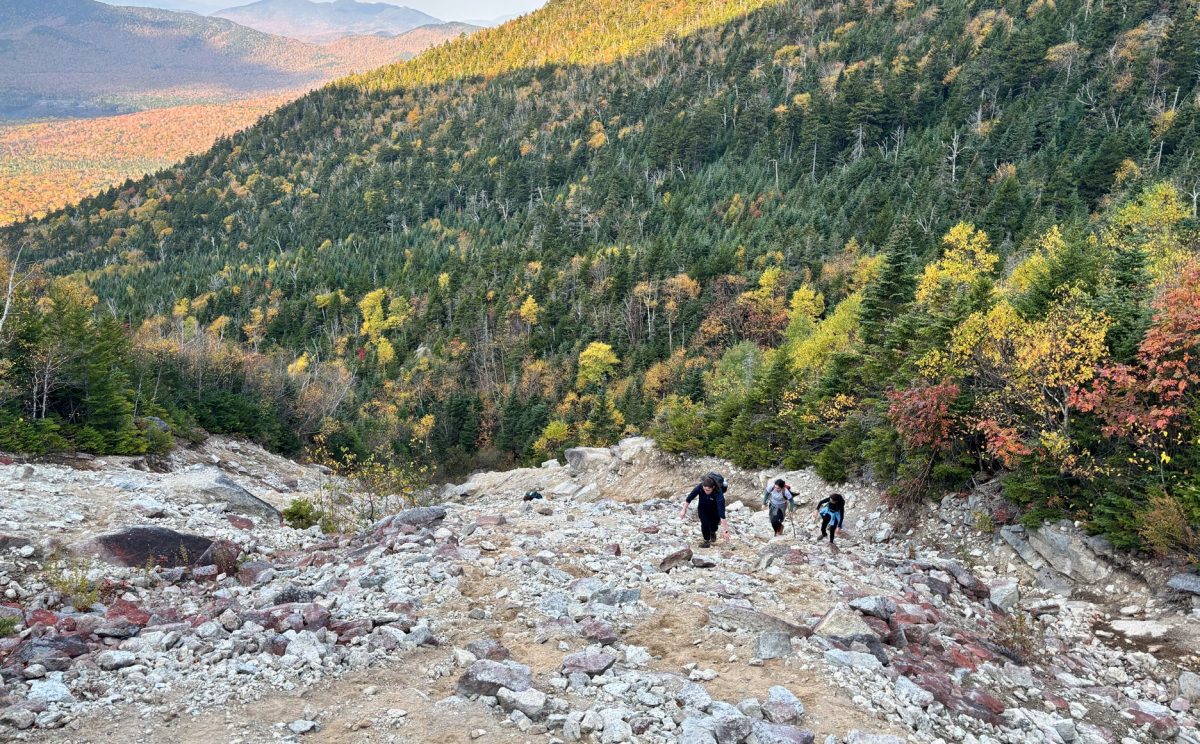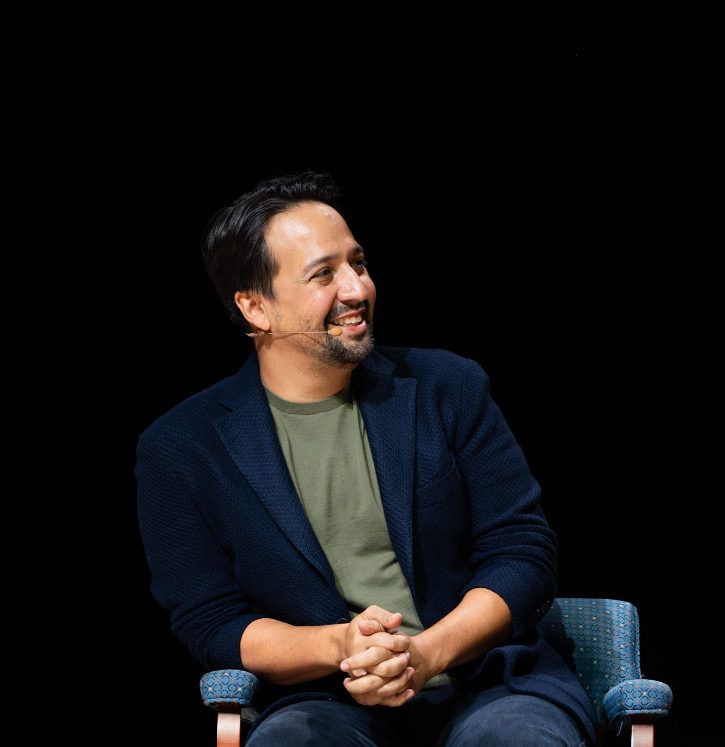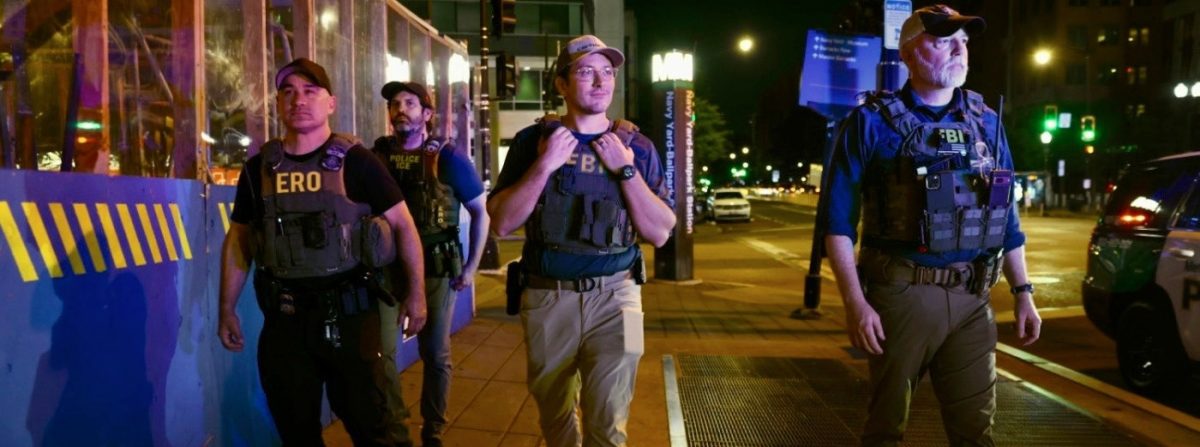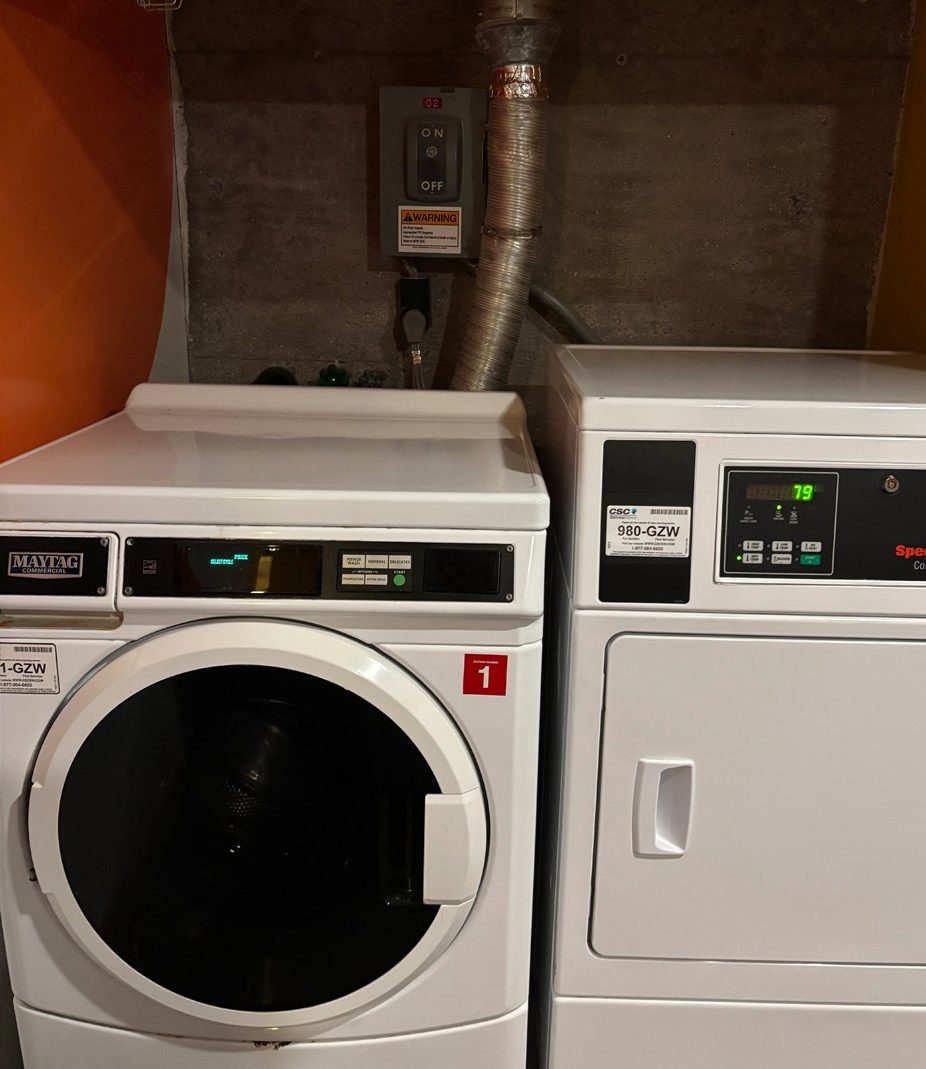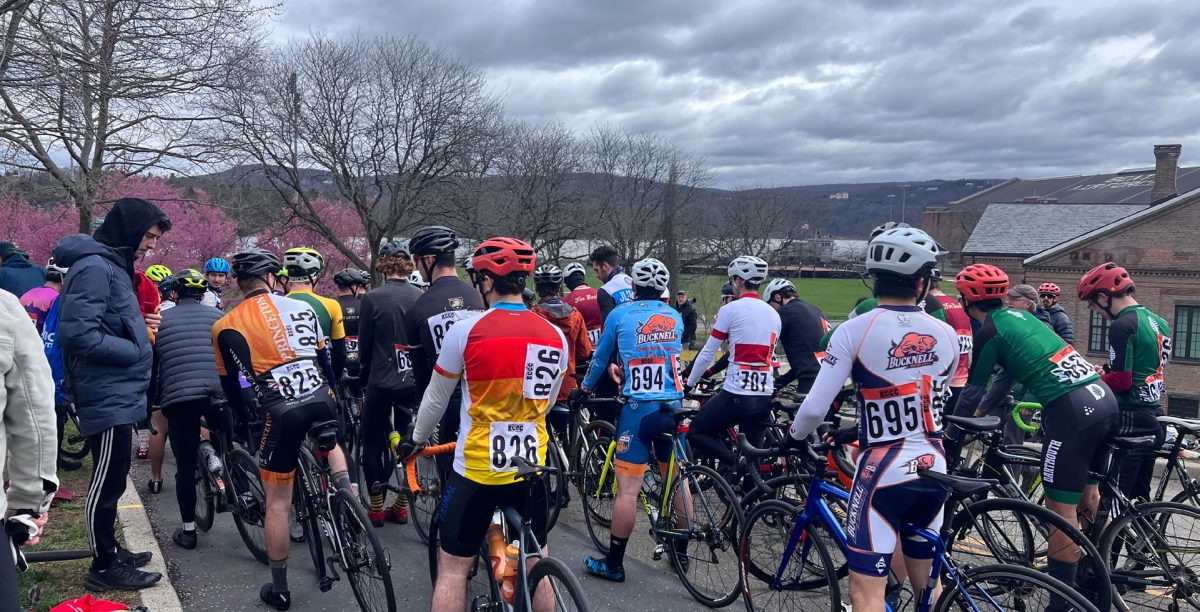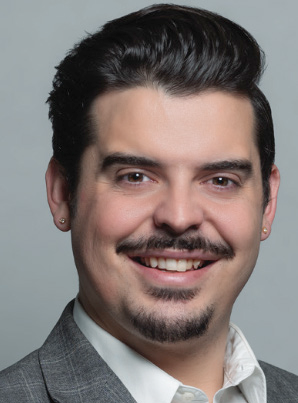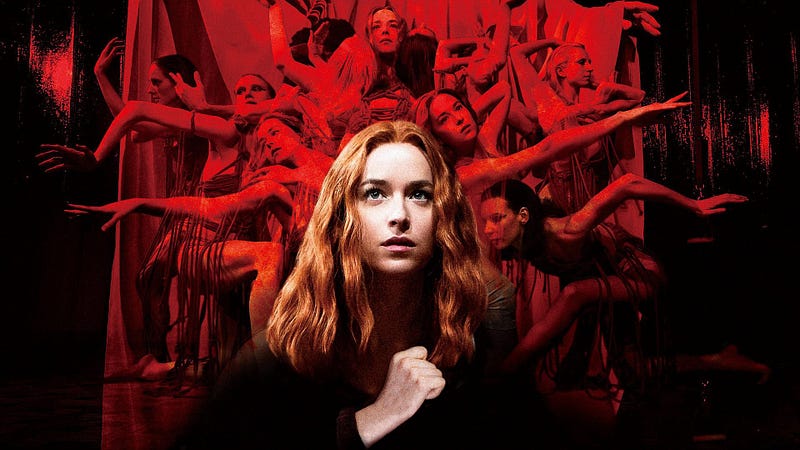
At first glance, Luca Guadagnino’s
Suspiria
(2018) feels like an ambitious, if not risky, adaptation of Dario Argento’s 1977 film of the same name. The original
Suspiria
is a cult favorite of horror fans, celebrated for its bold use of color and its eerie score by Goblin. In contrast, Guadagnino’s adaptation saps all vivid color from its frames and has Thom Yorke from Radiohead composing the score. The remake also has a runtime of two hours and twenty-eight minutes, an amount of time that casual moviegoers might get impatient with. Despite all these differences from the original,
Suspiria
is still a hypnotizing watch for its audiences.
Protagonist Susie Bannion (Dakota Johnson) travels to Berlin in 1977, intent on dancing under the Markos Dance Academy. However, her arrival at the Academy coincides with the disappearance of Patricia Hingle (Chloe Grace Mortez), one of the Academy’s students that viewers see in
Suspiria’s
very first scene. In this introduction, Patricia sobs to her therapist, Dr. Klemperer (Tilda Swinton), about the teachers there and lets the audience know that they should see the Markos Academy as a safe place. Patricia’s fears get validated as the film progresses, as Guadagnino shows the teachers functioning as an unapologetic coven, laying out their plans to revive power in their group. No one works harder at these plans than Madame Blanc (Tilda Swinton), respected director of the Academy and the main reason why Susie wants to dance in Berlin. While the cast is extensive, Guadagningo ensures that none of the main characters are neglected, weaving their narrative arcs seamlessly into this intricate story of witchcraft, motherhood, and dance.
As the main actresses of this movie, Johnson and Swinton shine with their respective portrayals of Susie and Blanc, which is no easy feat. Both characters are complex women who have nuanced histories and personalities, bound together in this movie by their mutual love of performance art. It’s fascinating to see Johnson make Susie change from mild-mannered student to confident leader, while Swinton’s sharp yet motherly Blanc is so full of contradictions that it feels wrong to merely call her a one-note villain. Their dance styles even reflect their personalities. When Susie dances, the camera hears every squeak of her feet, every sigh that she releases from exertion. For Susie, dance is a visceral and taxing process. Blanc, on the other hand, chooses more often to instruct, giving the occasional example for her students to learn from. Her motions are swift, yet silent, as if she doesn’t want anyone to hear her. Dance for her is a precious study that needs constant instruction, but not her entire energy.
Dance is crucial for Guadagningo’s film. Instead of making witches pretend to be a dance academy to hide from the world, like Argento did for the original film, Guadagningo makes his witches use dance to make their spells happen. The dance that the Markos students practice — Volk, a dance that Blanc choreographed in WWII — looks demonic, as if part of an ancient ritual. When the girls dance Volk, the camera shows something horrifying that lurks in an unseen place. Arguably, the best scene that shows how dance and witchcraft have intense connections is when Susie dances for her class and inadvertently casts a spell on one of her classmates. It’s a scene that shows the dark magic of the witches’ dance, yet has such an intense energy that it’s hard to look away from the spectacle.
Though physical performances make this movie unsettling, Thom Yorke’s score for
Suspiria
turns the movie into something that’s downright disturbing. He uses mostly electronic noises for most of the music, providing an ominous ambience to every scene that gets underscored by Yorke. The Volk dance would not have half of its frightening presence without Yorke’s work, and the strangely beautiful opening credits would lose its charm without Yorke’s hypnotic piano theme,
Suspirium.
Yorke’s music for
Suspiria
doesn’t try to mimic Goblin’s score, but it still delivers effectively haunting atmospheres for each scene in the film.
Out of all the elements in the film, the cinematography of
Suspiria
feels the most similar to its predecessor. Sayombu Mukdeeprom uses split-diopter shots, unprompted zooms, and slow pans to pay homage to the shots used in the original film. However, unlike Argento, Guadagningo intentionally uses dull color palettes for the sets. It’s a visual choice that makes the camera spend less time surveying the landscapes of the film, like Argento’s film did, and turns it towards the intimate details in specific scenes. There’s a huge focus on hands, a choice that grows thematically significant as the film continues. Extreme close-ups and lower-angle shots of characters provide angles that stir uncomfortable feelings in audiences, since such proximity feels like the audience invades the characters’ personal space. Thanks to Mukdeeprom’s camerawork,
Suspiria
simultaneously honors old and new movements of cinema.
Fans of the 1977
Suspiria
will quickly realize that 2018’s
Suspiria
is a work that barely resembles the original. There’s no vivid colors, campy plot, or a plucky heroine to save the day. But, by making these decisions, Guadagningo delivers a suspenseful horror tale that takes itself very seriously, and twists the witchcraft story into something more narratively nuanced. It’s an admirable decision that gives Guadagnino the ability to breathe new life into an old classic.

